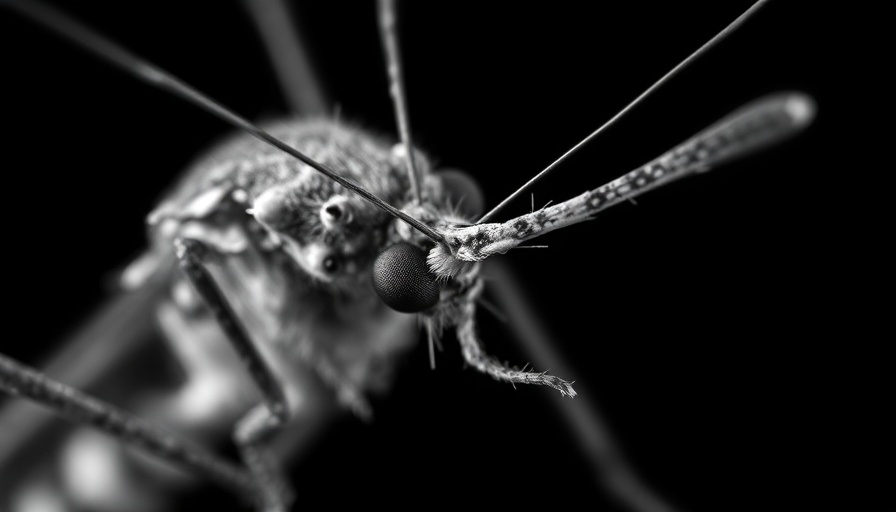
How Mosquito Antennae Could Change Disaster Detection
Researchers at Purdue University are delving into the remarkable world of mosquito antennae and what they could mean for disaster response technology. In a surprising twist, these often-maligned insects may offer solutions for improving how we detect natural disasters like earthquakes and tsunamis. The study led by professors Pablo Zavattieri and Ximena Bernal examines the structural features of mosquito antennae and how they react to vibrations, hoping to replicate this sensitivity in new acoustic sensors.
The Unique Sensitivity of Mosquito Antennae
Despite their size, mosquitoes have incredibly sensitive antennae that allow them to detect sounds amidst the noise of their own wingbeats. Their ability to focus on specific frequencies and filter out distractions might provide the insights needed to create advanced sensors. By utilizing cutting-edge techniques like advanced micro-CT imaging, the research team has started to unveil how the mosquito antennae are structured—the arrangement and morphology of sensory hairs play a critical role in their audio sensitivity, allowing them to remain attuned to environmental cues.
Innovating Disaster Response Technologies Inspired by Nature
The implications of this research go beyond the life of an insect; they have the potential to revolutionize our approach to disaster management. Zavattieri envisions a future where urban environments could be equipped with bio-inspired sensors, effectively allowing buildings to ‘hear’ distress signals. This capability could lead to quicker and more efficient disaster response, aiding rescue operations by pinpointing sounds from those in need, thus weaving technology and nature together in a harmonious design.
Potential Societal Impact of Bio-Inspired Technology
Purdue’s exploration delves deeper into how insights from mosquitoes can inform not just disaster detection, but also developments in materials that assist in soundproofing. The adaptation of mosquito antennae structures could lead to innovative, noise-canceling materials that could be utilized in various applications, ranging from headphones to acoustic cloaking devices. This versatility demonstrates the multifaceted nature of this research, impacting industries far beyond disaster management.
The Path Forward
As the research progresses, the team at Purdue is actively collaborating with experts in multiple fields, aiming to combine knowledge from seismology and disaster management. Their ultimate goal is to create tools that could significantly alter the landscape of disaster response and recovery. The notion that our understanding might arise from the realm of biology is as inspiring as it is practical; innovation often sprouts in unexpected places.
In conclusion, the humble yet fascinating mosquito may just hold the secrets to creating advanced technologies that can save lives. With ongoing research aiming to mimic their extraordinary sensory systems, we could soon find ourselves more prepared to face the inevitable natural disasters that come our way.
 Add Row
Add Row  Add
Add 




Write A Comment